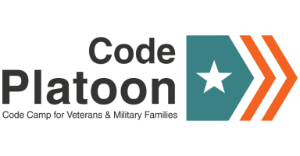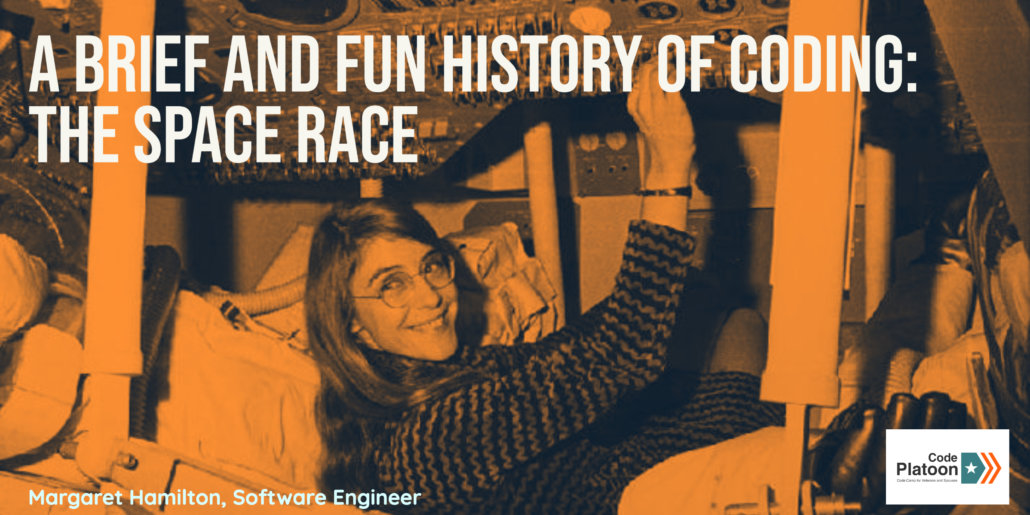A Brief and Fun History of Coding: The Space Race
In the first installment of this series, we looked at the origins of computers and the coding languages they relied on, to include the notable personalities involved. This also showed us just how much had been accomplished in a short period.
We basically went from an abacus to complex coding languages in a window of time that was barely bigger than that of I Love Lucy’s television stint.
What really kicked that development into high gear, however, was man’s desire to go higher, farther, and faster than anyone had before. With a special ode to The Right Stuff, the US government needed tech and bucks to have Buck Rogers, and the space race was on.
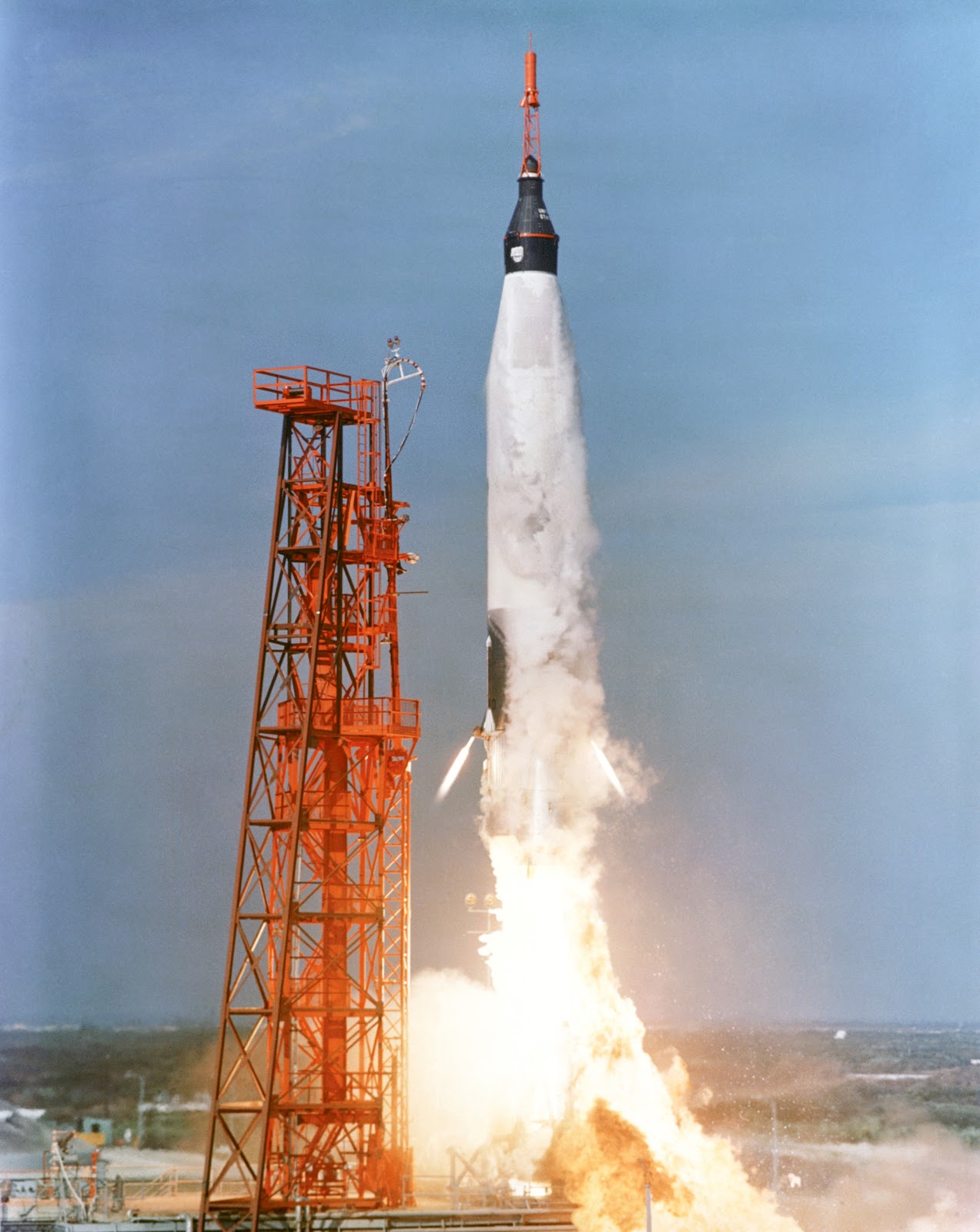
Formed in 1958, the National Aeronautics and Space Administration (NASA) quickly started its Mercury Program, the intent of which was to launch a manned flight into orbit around the earth and, in the process, also investigate how human beings operated in space. Due to the realities of the Cold war and the desire to beat those pesky Ruskies, the US government began hurling money at NASA in order to accomplish these goals.
While a great deal of attention is given in the telling of this story to the men who came to be known as the Mercury 7—the test pilots who brought the term “astronaut” to life—less popularly discussed is the technological revolution compelled by this program. The best way to go higher and faster is, after all, directly related to making the components involved lighter and more efficient, so advancements weren’t just helpful—they were necessary.
Enter Art Cohen. With his team at the IBM Space Computing Center in Washington, D.C., Cohen was responsible for all the computer wizardry involved in Project Mercury. With machines that were far less powerful than the device you are currently holding in your hand (and with way, way less storage), Cohen and his team accomplished amazing feats. In his words,
“We had pretty sophisticated programs for Mercury. All kinds of mathematics — orbit mathematics. Differential correction, sliding wire techniques, short arc techniques, re-entry, knowing the positions of all the radar sites, acquisition. We told them where to point the radars and we told the ships where to go for landing. So it was a lot of complicated stuff that we did with those 32,000 pieces of storage. It’s kind of remarkable when you think about it, isn’t it?”
Remarkable is one way to put it. Another is to say that by today’s standards this was the equivalent of using a child’s toy to, well, put a man into orbit.
Of special note here is a story that is not necessarily about the development of a programming language or coding technology per se, but interwoven throughout the space program and integral to its development.
Since World War II, NASA (and its predecessor NACA) employed hundreds of “computers” to track trajectories of both high-flying aircraft and, later, spacecraft by reading, plotting, and analyzing data. What made these computers special, however, was that they were all women.
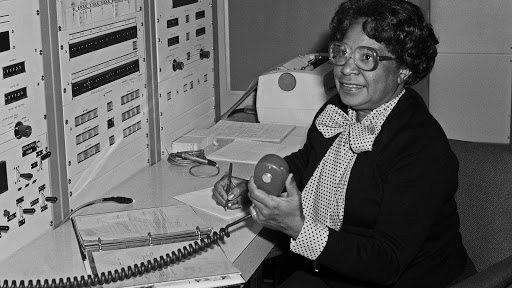
According to NASA, Mary Jackson “may have been the only black female aeronautical engineer in the field” in the 1950s. Singer and actress Janelle Monáe plays her in the film Hidden Figures
The Langley Research Center, specifically, employed approximately 400 female “human computers” for mathematical computations from 1946 onward. A specific subset of this group was known as the West Area Computers—a segregated collection of African-American women who were at first disallowed from working in the same area as everyone else.
Featured in the brilliant film Hidden Figures, these women were the definition of trailblazers, knocking down the walls of perception with their tremendous skills. While theirs is certainly a story worth diving deeply into, relevant here is how they integrated their mathematical abilities with programming languages like FORTRAN—in some instances demonstrating their ability to fact-check the programming, showing how fundamentally important the human component is in computational work.
They were integral to the space program, plotting flight trajectories for Mercury 7 astronauts like Alan Shepard and John Glenn, as well as how it integrated people with machines and, more importantly, with each other.
“Computers” were, then just as now, reliant on not just human input, but the creativity that comes from a diversity of backgrounds. This is something we at Code Platoon work diligently to shine a light on, with some of our scholarships reflecting exactly that. As we saw in the first installment of this series and a theme we will continue with, the history of coding and computers is made up of all types with a variety of backgrounds.
Working at IBM during the same time the Mercury Program was underway was a man by the name of Kenneth Iverson. Possessing one of those rare minds that doesn’t come around all that often, after teaching himself calculus—because he had to drop out of school due to the Great Depression and work on the family farm—and earning a PhD in Mathematics at Harvard, Iverson published a work entitled A Programming Language, from which was born APL—a language that, once formalized, was used to teach systems design at NASA.
APL was able to make very complex functions into concise coding, which was a substantial step forward when it came to speed and efficiency—valuable commodities when launching rockets carrying humans into space. And lest people think that the relationship between NASA and IBM was just a casual one, the latter was awarded $26 million—about $260 million in today’s dollar—for the purpose of building a new computer designed to work in the space ship.
All of the work done by people like Cohen and Iverson convinced NASA to deliver loads of cash to IBM’s bank accounts, thus enabling the development of even greater leaps forward in computing technology, which inherently relied upon better and better coding.
That is exactly what Margaret Hamilton provided. With an undergrad in math, Hamilton was working at MIT when the Apollo program was launched at NASA and found herself in charge of onboard flight software for the Apollo computers.
Of course at this time and in that context, software coding meant she was punching physical holes in punch cards which would then be turned into actual copper wiring that ran through or around magnetic rings (representing either a 1 or a 0). This “hard-wiring” became the flight navigation for the Apollo moon landing—the first of its kind that would inspire navigation systems on aircraft for decades to come.
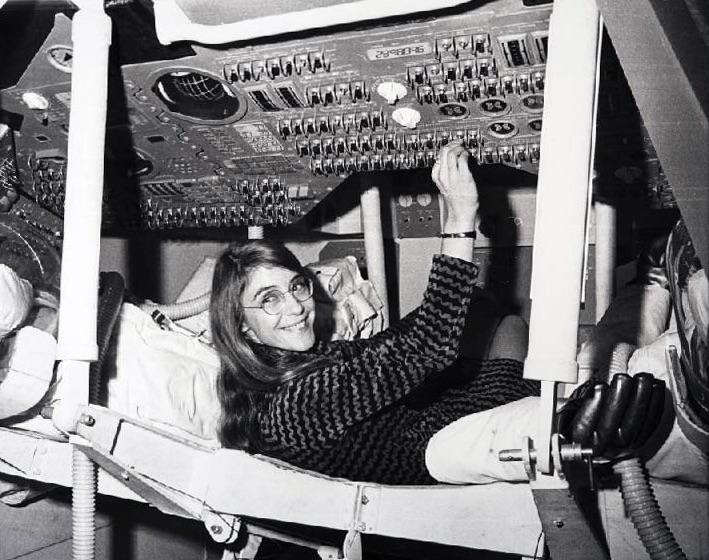 She described what they were doing at that time like “the Wild West” because no one knew what they were doing—there were no “rules” for software development because no one had really done it. And she was figuring it out for spacecraft going to and around the moon (and it’s a good thing she did figure it out, because in the case of the Apollo 8 mission, the astronauts may not have made it home without her work).
She described what they were doing at that time like “the Wild West” because no one knew what they were doing—there were no “rules” for software development because no one had really done it. And she was figuring it out for spacecraft going to and around the moon (and it’s a good thing she did figure it out, because in the case of the Apollo 8 mission, the astronauts may not have made it home without her work).
Ultimately, necessity and personalities spurred great leaps forward in technology, just as they have throughout human history. But the 1960s, specifically, were a time of radical development, and it was largely due to the US government’s desire to beat the Soviet Union into space, combined with the diverse talents of women like Dorothy Vaughan and Katherine Johnson of the West Area Computers, working mother Margaret Hamilton, as well as men like Art Cohen and Kenneth Iverson, whose innovations laid the groundwork for modern computing being applied to moving from one place to another.
It just so happened that the other place that inspired such rapid innovation was 286,000 miles straight up, which was a bit more advanced than just breaking German codes in World War II.
Greg Drobny is a former Airborne Infantryman, PSYOP Team Chief, political consultant, professional mil blogger, and is Code Platoon’s Student Outreach Coordinator. He holds a BA in history, a Masters of Science in organizational psychology, and is currently pursuing an MA in history. He is married with four children who keep him more than slightly busy and is passionate about helping veterans find their paths in life and develop the skills needed to pursue their goals.
Subscribe To Our Newsletter
Join our mailing list to receive the latest news and updates from our team.
Thank you for subscribing to our email list!
